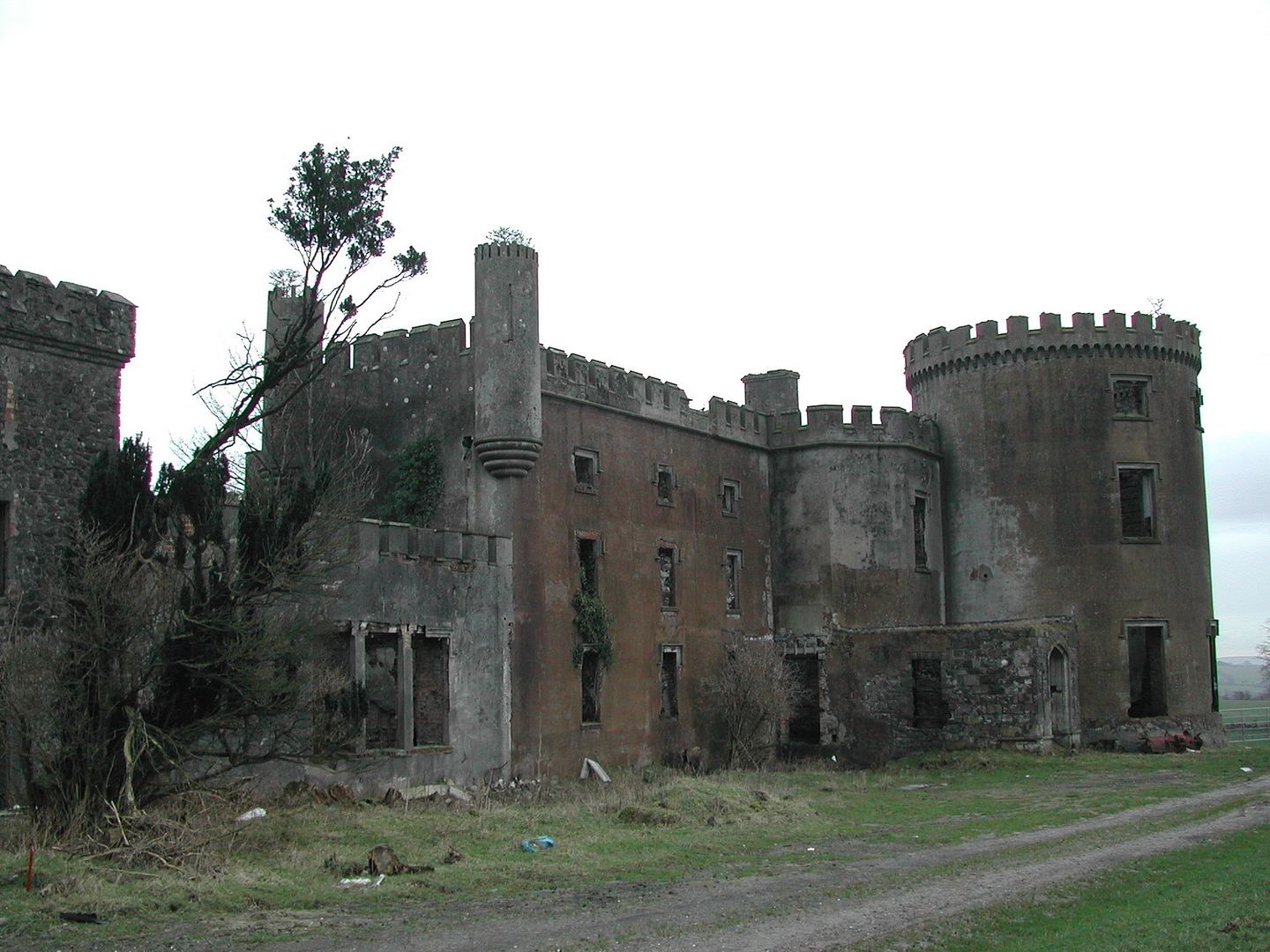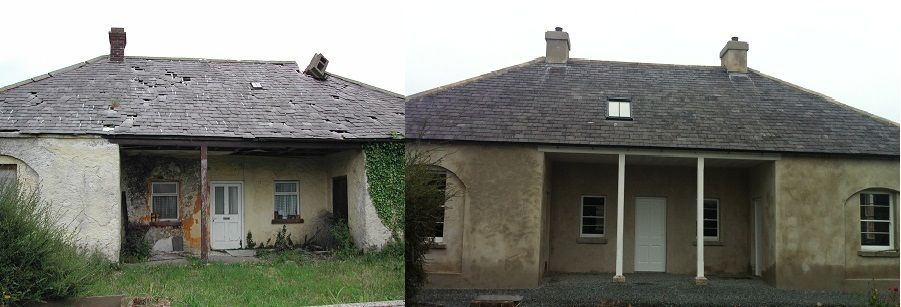FROM churches to castles, terraces to tram stations, mills to markets and schools to stables; the Built Heritage at Risk register contains every conceivable type of structure on our landscape.
Over the years there have been dozens of success stories, where crumbling eyesores have been sensitively restored, preserving their past while offering a sustainable future.
Nearly 500 buildings are still listed as at risk, on the current Built Heritage at Risk (BHARNI) database. More are added every year, meaning continued investment is essential if some of the gems below, which are listed as ‘critical’, are to be brought back to life.
In addition to those sites classified as buildings at risk, more than 650 buildings have lost their official listing over the past 20 years, leaving them more vulnerable to redevelopment, The Detail has found.
Listing falls under four main designations:
- Grade A (special buildings of national importance)
- Grade B+ (special buildings that might have merited A status but for relatively minor detracting features such as impurities of design, or lower quality additions or alterations),
- Grade B1 and B2 (special buildings of more local importance or good examples of some period of style. Some degree of alteration or imperfection may be acceptable)
Below are a sample of some of the diverse structures that are at risk, have been restored or have been delisted.
Kilwaughter Castle, Larne
Listing Grade: B1
Degree of Risk: Critical
Date added to BHARNI: 2003
In decline since the end of WWII, John Nash’s early-19th century creation has not been inhabited in over 50 years. In addition to the main structure, outbuildings and other estate structures are in “varying states of dilapidation”. According to BHARNI: “The ice house is partially derelict; the immense walled garden is deteriorating; while the unusual farm buildings, probably in the best condition of the lot are, nevertheless, in an increasingly poor state of repair. The castle itself, a large castellated and turreted structure, is arguably beyond restoration but does at least require careful consolidation.”
Drumbee National School, Drumbeebeg Road, Armagh
Listing Grade: B1
Degree of Risk: RESTORED
Date added to BHARNI: 2004
Although still listed on the BHARNI register, the building has been the subject of a major refurbishment project, which began in 2011.
The scheme, which has seen the building transformed by Enable NI to provide respite accommodation for individuals with learning difficulties, was completed in 2014.
According to the project's architect Paul McAlister, "The building was in a very poor state of repair and close to collapse when work began in 2011. We were able to bring it back to the original detail whilst working closely with NIEA to ensure that the detail of the new building was in keeping with their funding criteria."
On the BHARNI register it is stated that the school “Is a beautiful and unusual single-storey hipped roofed building...in a very poor state of repair. Housing classroom accommodation either side of the recessed central bay, which once formed the master’s living quarters, the building appears not to have been in use for some time.”
1 Lennoxvale, Belfast
Listing Grade: Unlisted
Degree of Risk: Critical
Date added to BHARNI: 2003
Given its location, on the Malone Road near Queen’s University, the continued vacancy at Lennoxvale is somewhat perplexing. According to BHARNI, the university’s former school of Psychology dates from the 1920s in the style of its neighbouring buildings.
“An application for its demolition and replacement with bedsits was approved in 1998. This scheme, however, was never undertaken and in the intervening years the property has continued to deteriorate, detracting somewhat from what is otherwise an attractive area.”
The most recent application, to convert and extend the building into five student apartments was refused by Belfast City Council at its October 2015 planning committee meeting.
Sion Stables, Sion Mills
Listing Grade: B+
Degree of Risk: RESTORED
Date added to BHARNI: 2004 (now removed)
The only building in Northern Ireland to ever have been the subject of compulsory purchase on account of its deteriorating condition, the stables has now been completely restored and reopened, operating as a heritage centre and cafe – having previously been placed at ‘critical’ risk.
Designed by William Unsworth in 1884, the structure had fallen into such a poor state that by 2008 its clock tower had collapsed. Having been the subject of a DoE compulsory purchase, Hearth and the Sion Mills Buildings Preservation Trust took on the restoration project.
58-60 Lower North St, 2 Lower Garfield Street, Belfast
Listing Grade: B1
Degree of Risk: Critical
Located just off Belfast’s main thoroughfare, BHARNI states that the 1896 Graeme Watt & Tulloch creation is a “two-storey building in red brick with stucco details to tall narrow windows and truncated gables; chamfered corner onto Lower Garfield Street. Two small octagonal roof lanterns and a variety of corbelled brick chimneys; side elevation curves round following street line, with a central broken pediment flanked by gabled dormers, and scrolled pediments over two shop front”.
It is also stated that the building is: “The subject of a major development proposal which will critically affect its immediate future”.
Belfast City Council is understood to be preparing a strategic development scheme for the area in January 2016.









